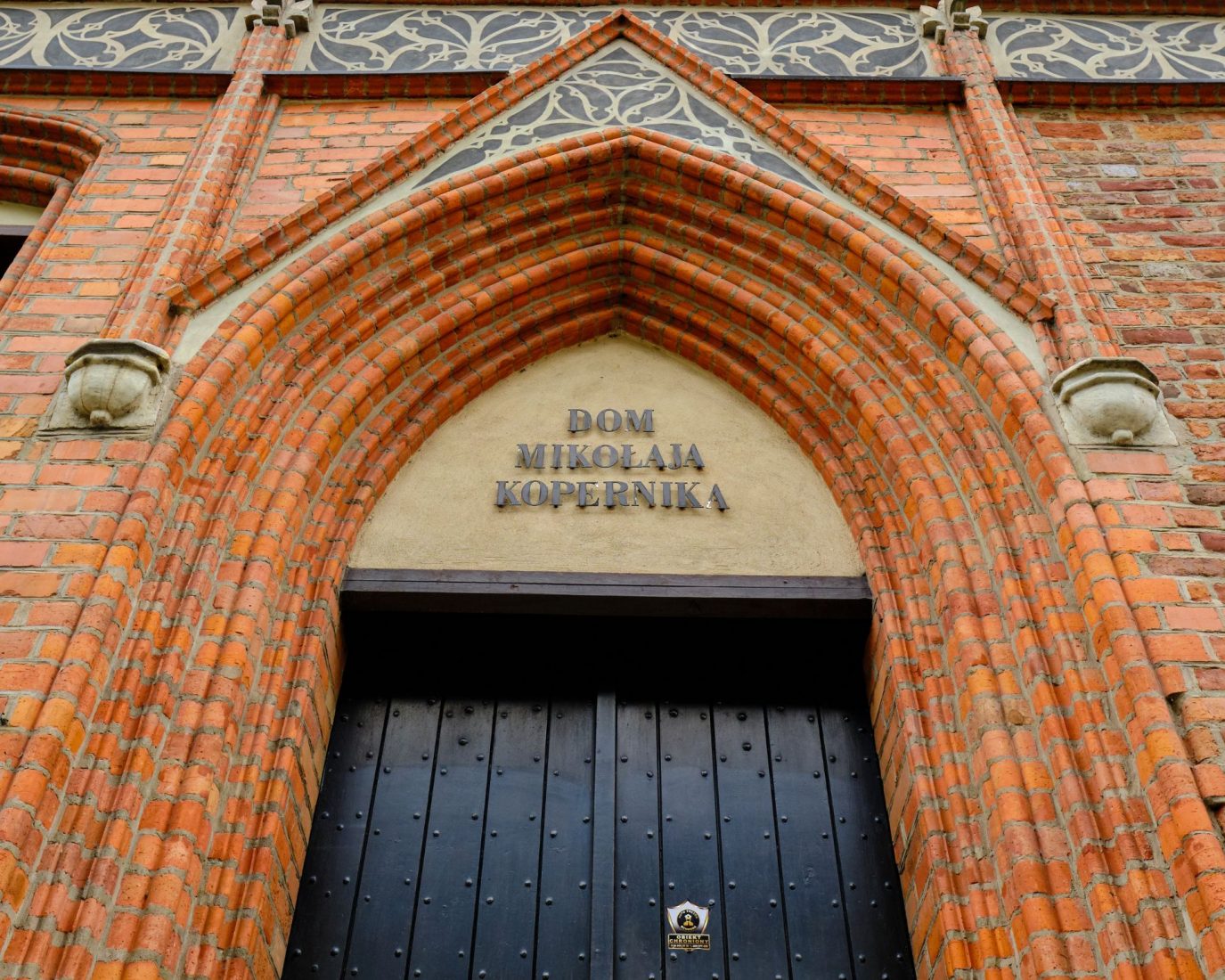
On the trail of Nicolaus Copernicus
WHEN
- READ ONLINE

Poland has a rich cultural and historical heritage, and one of the country’s most celebrated figures is the astronomer Nicolaus Copernicus.
Visiting the towns associated with Nicolaus Copernicus offers not only a unique opportunity to explore one of its most celebrated figures and his contributions to science and the world at large but also to discover the beauty of these cities.
M. Kopernik was born in 1473 in TORUN, one of the most visited historic cities in Poland.
The city, picturesquely situated on the Vistula River has a spectacular medieval town that is on the UNESCO World Heritage Site list. A walk through the streets there is a real journey in time, straight to the Middle Ages. You can visit the house where Copernicus was born, now a museum dedicated to his life and work.
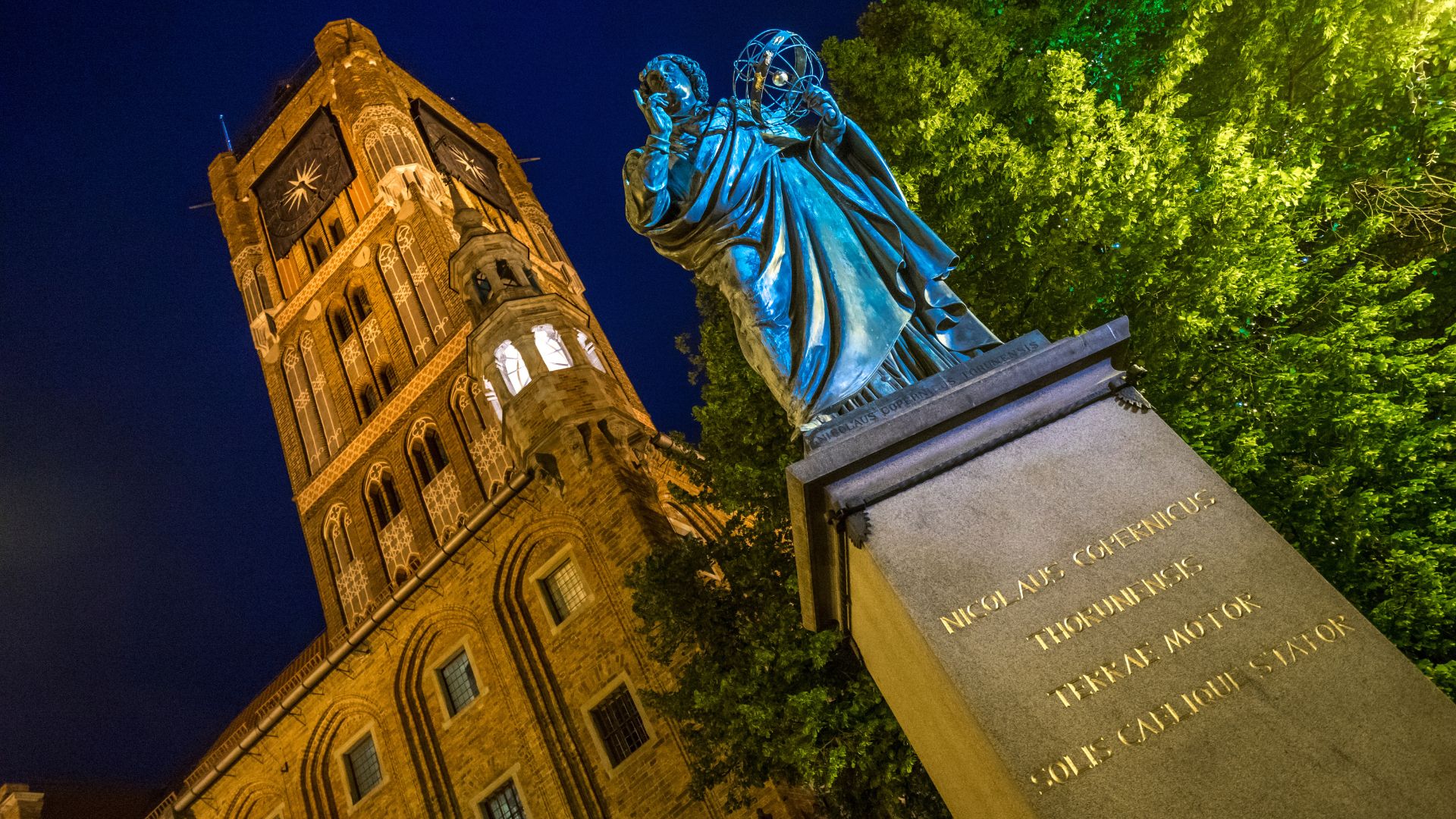
Toruń, established in the 13th century is a former fortress and a member of the Hanseatic League.
Of course, not all the town’s impressive gates, defensive walls, burger houses, and numerous churches have survived the ravages of time, yet what is left is more than enough to captivate even the most demanding of visitors.
Do not miss visiting the remains of the Teutonic castle and taking a boat tour along the Vistula river to admire Toruń’s panorama in all its glory.
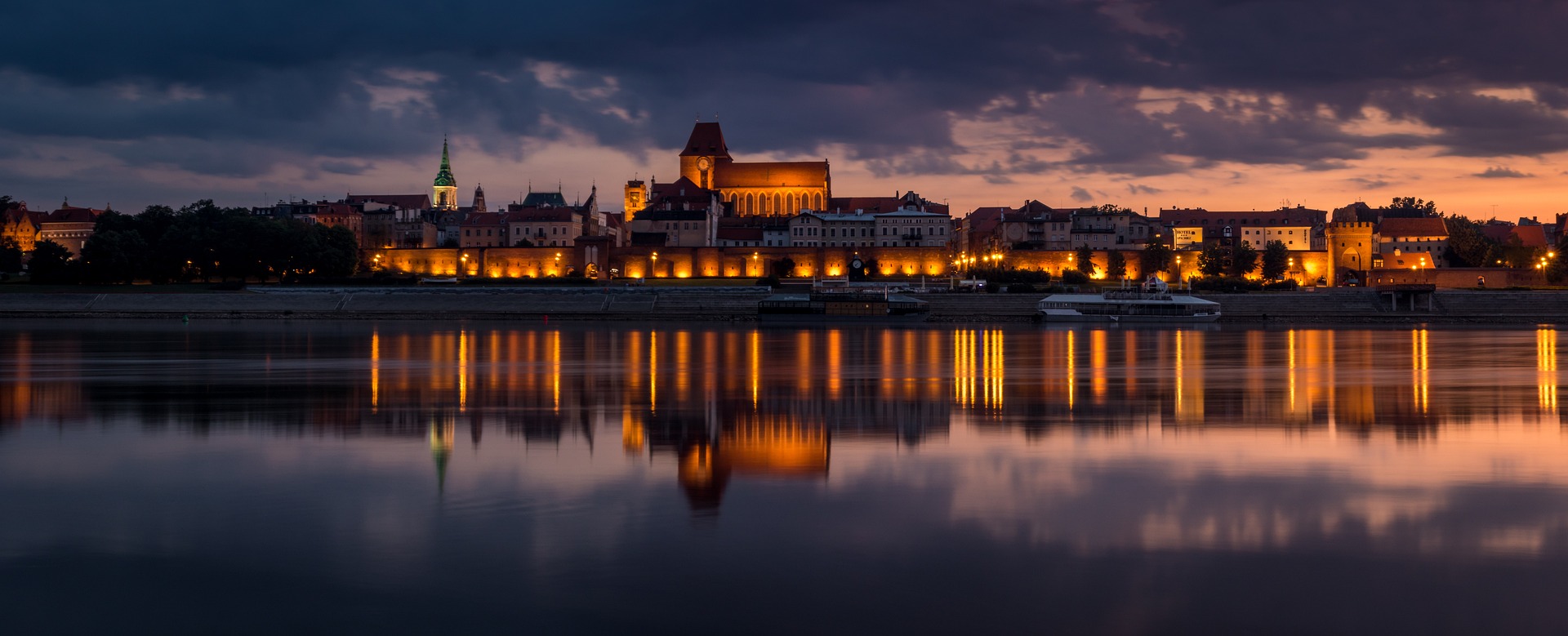
And last but not least – Toruń is also well-known for its delicious gingerbread. It is an important part of its heritage.
The tradition of baking these aromatic cookies is almost as long as the history of the city.
We used to say that no visitor can leave Toruń without gingerbread!

Nicolaus Copernicus studied mathematics and astronomy in KRAKÓW at Jagiellonian University, one of the oldest and most prestigious universities in Europe at that time.
This city in southern Poland was an important cultural and intellectual center during Copernicus’s time.
Krakow’s historic center, known as the Old Town, is also a UNESCO World Heritage Site and features stunning architecture from various periods, including Gothic, Renaissance, and Baroque.
The centerpiece of the Old Town is the Rynek Glowny, or Main Market Square, which is one of the largest medieval town squares in Europe. Here, visitors can explore the Cloth Hall, a 14th-century trading hall that now houses shops and restaurants, and St. Mary’s Basilica, a Gothic church that dates back to the 14th century.

Another must-see attraction in Krakow is Wawel Castle, which sits atop a hill overlooking the Vistula River. The castle has a long and fascinating history, serving as the residence of Polish kings and the site of important events in Polish history. Today, visitors can explore the castle’s many rooms and halls, as well as its art collections and exhibitions.
Krakow is also home to several important museums and cultural institutions, including the National Museum, which has an extensive collection of art and artifacts from Polish history and culture, and of course the Jagiellonian University.
Finally, Krakow is known for its vibrant nightlife and culinary scene, with many bars, cafes, and restaurants serving up traditional Polish dishes and international cuisine. Visitors can sample pierogi (Polish dumplings), kielbasa (sausage), and other local specialties, as well as enjoy a variety of beers and other drinks.
After coming back from Italy, where Copernicus continued his studies he spent his next 40 years, i.e. more than half of his life in different cities in the Warmia region in the northern-eastern part of Poland.
First in OLSZTYN, where in the years 1516–1521 in the gothic castle there Nicolaus Copernicus was a canon and an administrator of the property of the Warmia Chapter and where at the same time he conducted his scientific research on economics and astronomy.
There is a monument of the astronomer in front of the Olsztyn castle and in the local Museum of Warmia and Mazury with an interesting Copernicus exhibition containing its most important exhibit – an astronomical experimental table for testing the actual length of the year, made by an astronomer in 1517.

Copernicus stayed for several years in LIDZBARK WARMIŃSKI, at the court of Bishop Łukasz Watzenrode, who was his uncle taking care of the health of an aging man and helping him in running current politics.
It was in Lidzbark around 1507 that Copernicus developed the first heliocentric sketch of the structure of the world.
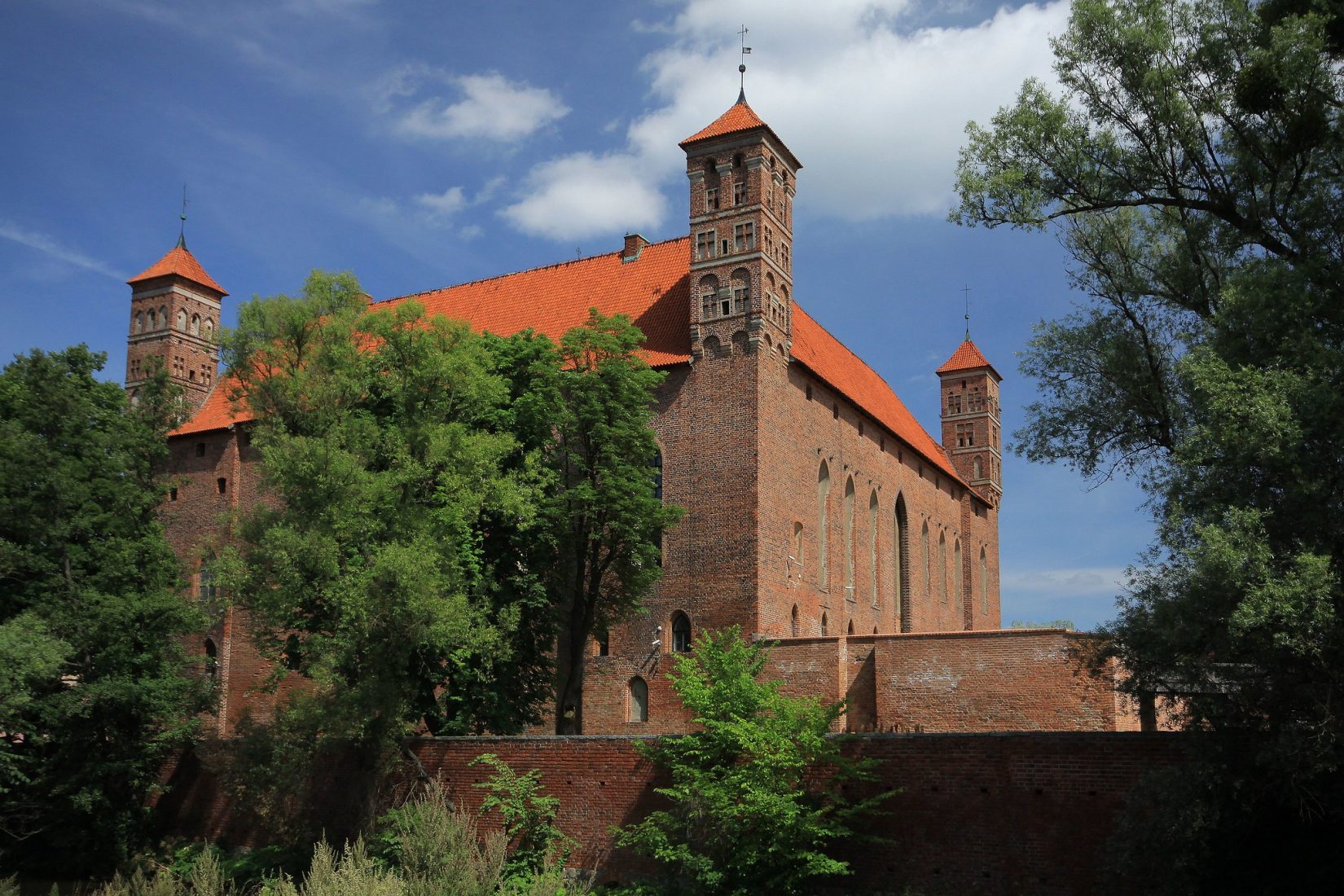
In 1510 Copernicus moved to FROMBORK, a small town on the Vistula Lagoon where he lived until his death.
Opposite the main entrance to the cathedral, there is a square Gothic Copernicus Tower, where the scientist conducted astronomical observations.
It was here that he completed his most important work – “De revolutionibus orbium coelestium”, which revolutionized science and the then worldview, he developed a monetary reform project, treated the inhabitants of the town and the surrounding villages – the prescriptions he wrote have survived to this day.
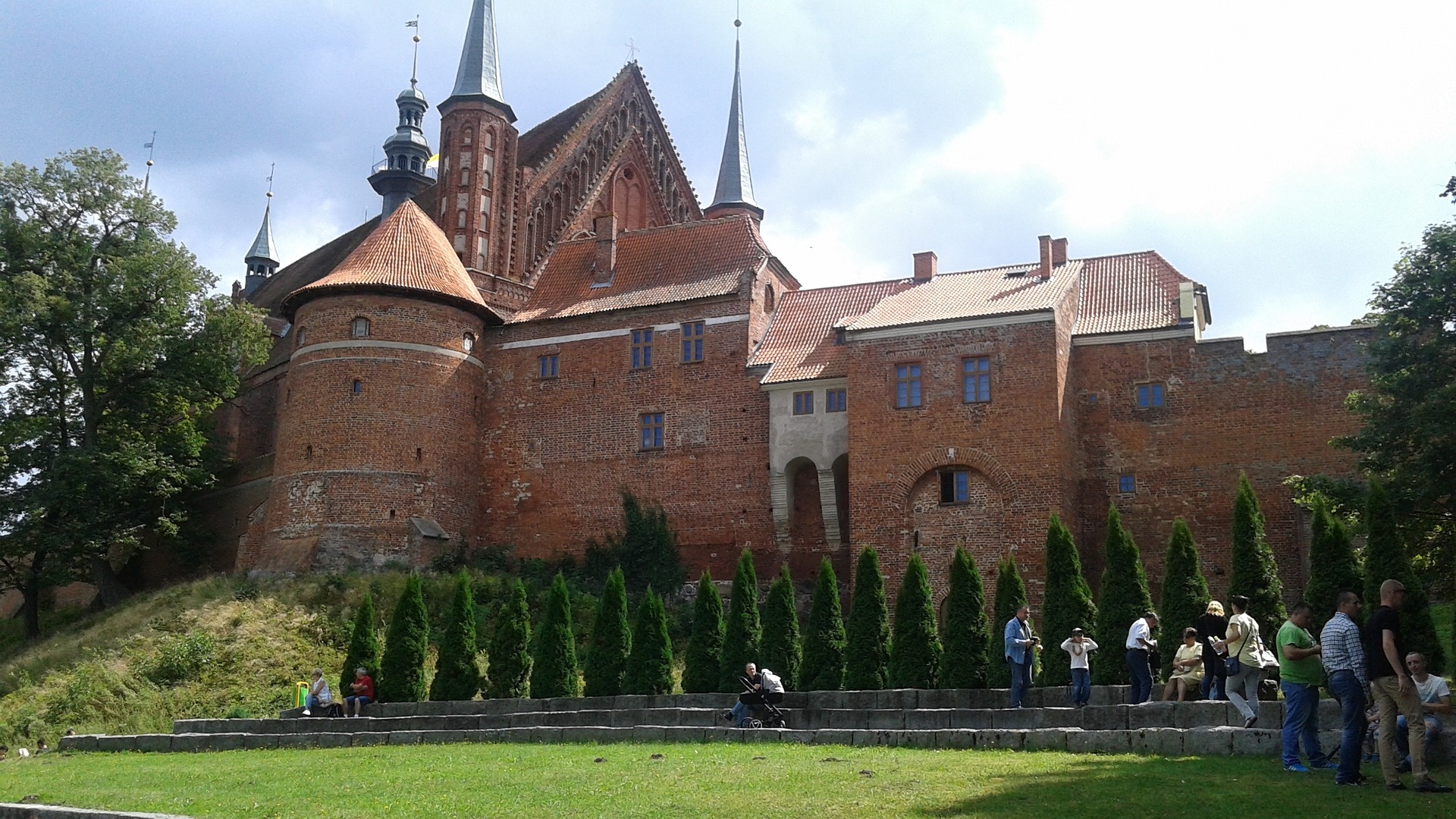
Nicolaus Copernicus died on May 24, 1543 in Frombork. For many years it was a mystery where the astronomer was buried.
Finally, his remains were found in the cathedral, and on May 22, 2010, they were solemnly buried at the altar in the cathedral.
